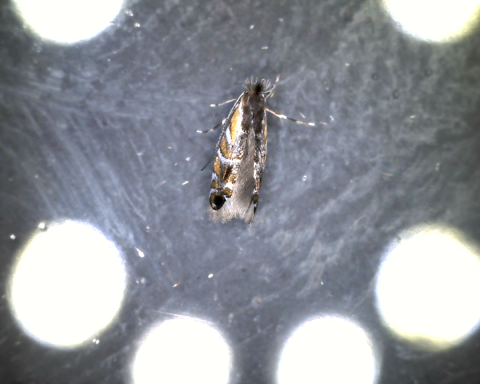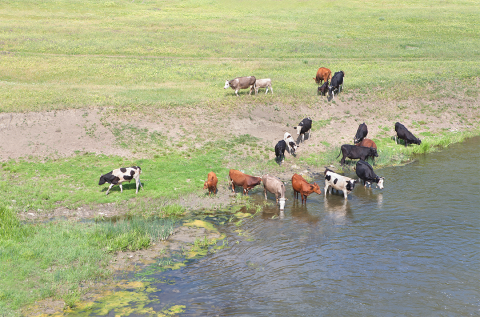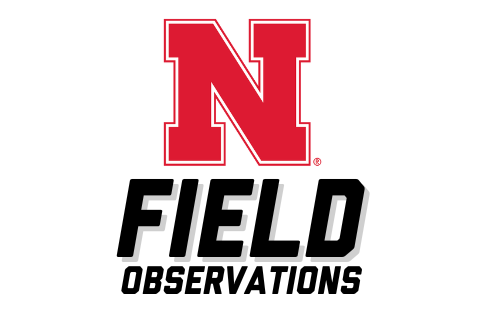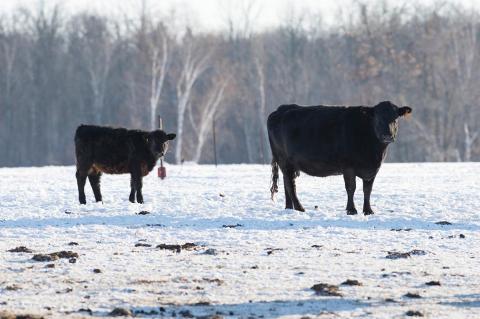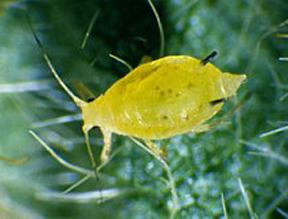Soybean Tentiform Leafminer Found in Nebraska
October 10, 2024
A new soybean pest has moved into Nebraska — the soybean tentiform leafminer was positively identified in a Madison County field last month. At present, there are no known management methods for this insect.
Arthropod Abundance in Industrial Hemp in West-central Nebraska
September 11, 2024
A diversity of both beneficial and potentially harmful insects has been found in industrial hemp grown in west-central Nebraska, and continued research will be crucial for producers in managing pests as hemp production expands in the state.
Pasture and Forage Minute: Nebraska Grazing Conference Aug. 6-7
July 16, 2024
Details on the upcoming 2024 Nebraska Grazing Conference, and considerations for mid-season forage evaluations and stable fly management in pastures.
Pasture and Forage Minute: Forage, Insect and Water Quality Issues for Grazing Livestock
July 9, 2024
Extension educators review common issues for producers to bear in mind as livestock graze throughout the summer, including prussic acid, horn flies and face flies, and water contamination.
This Week on N Field: Insect Survival After Polar Vortex
February 1, 2024
What impact did the polar vortex have on those troublesome agricultural insects that are taking a winter nap? Nebraska Extension Educator Amy Timmerman weighs in.
Pasture and Forage Minute: Winter Insect Mortality and Livestock Water Needs
January 16, 2024
Extension educators review the effects of subzero temperatures on overwintering insects and whether snow can adequately be used as a water source for cattle.
Research Boosts Honey Bee Protection Against Deadly Viruses
August 25, 2023
The research team, which includes Husker entomologist Troy Anderson, has identified a drug treatment that stimulates and dramatically strengthens honey bees’ immune systems.
Soybean Aphid Scouting and Management
August 2, 2023
Soybean aphids in Nebraska typically reach the economic threshold and require treatment in late July through August. Treatment during this time is usually enough to keep aphid populations from resurging before they leave fields for the season.
